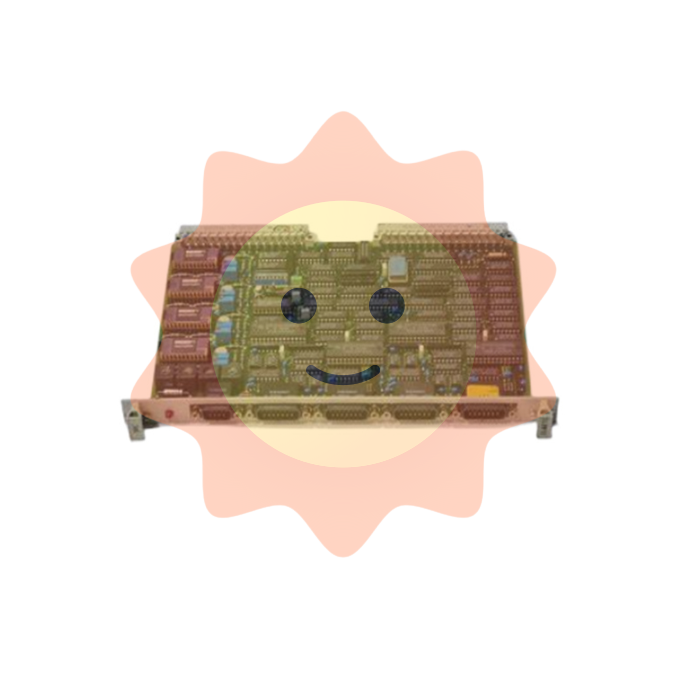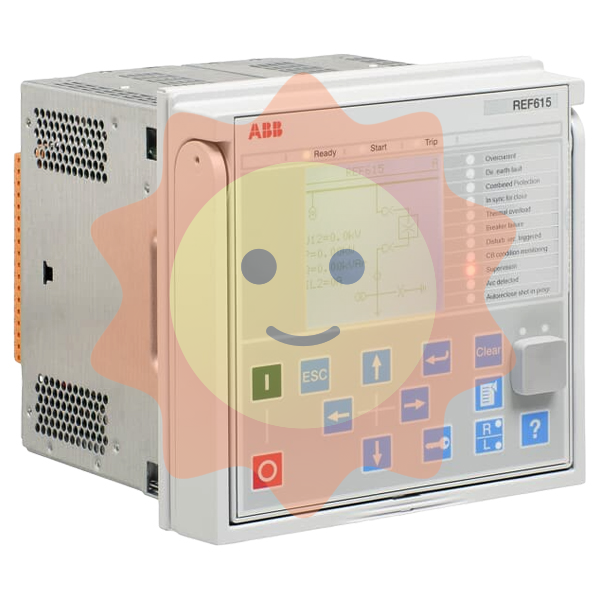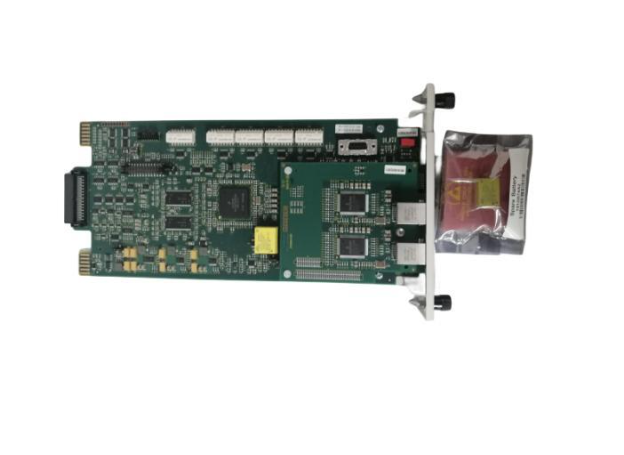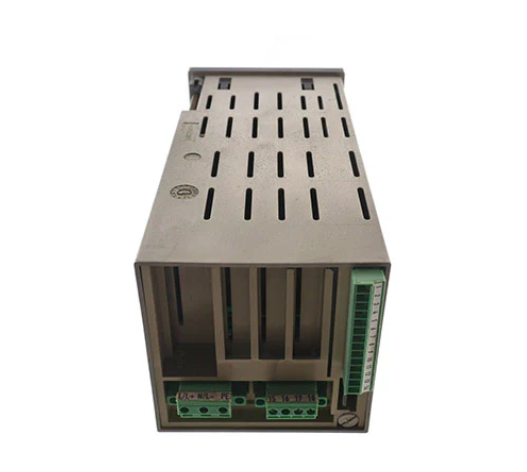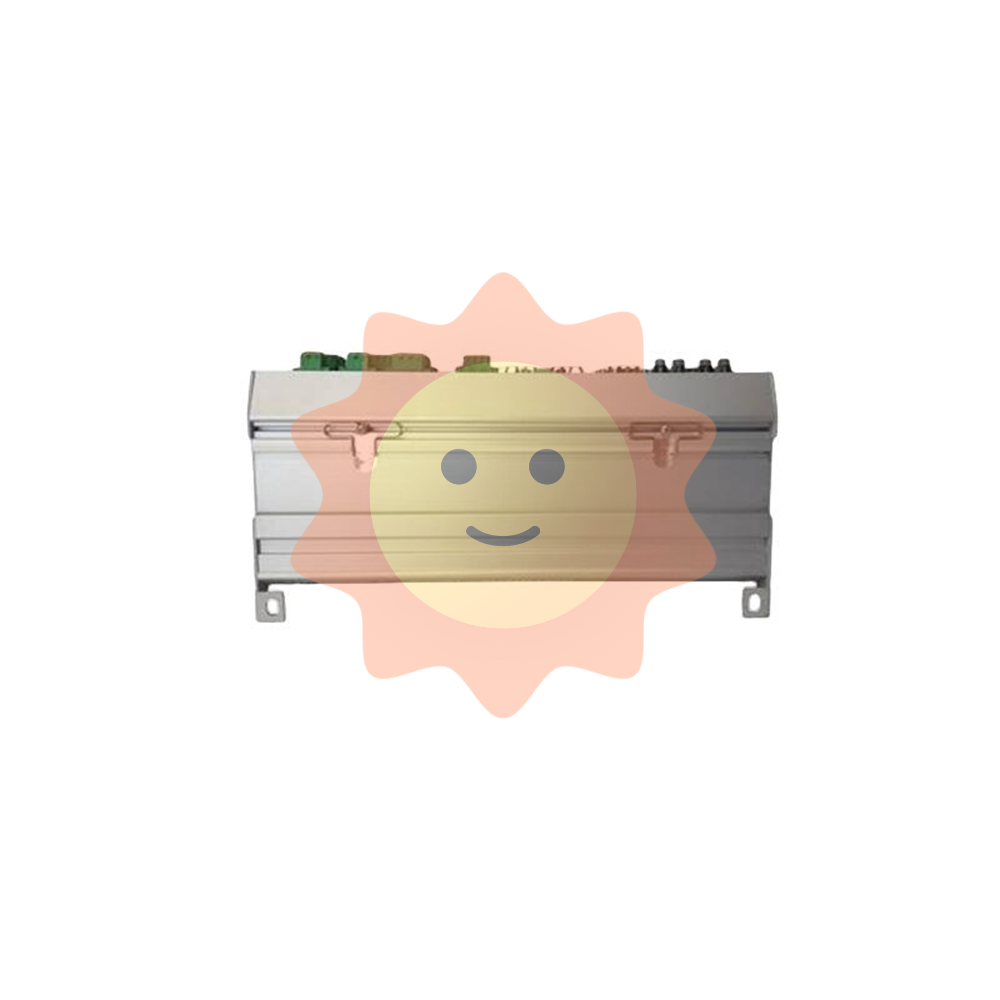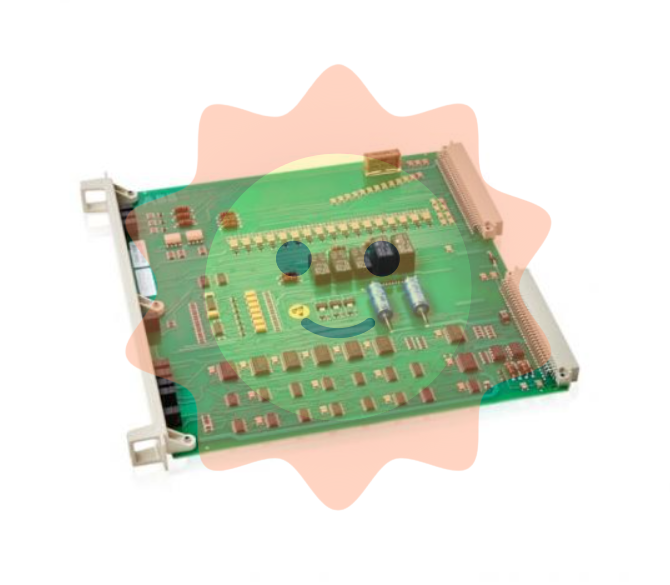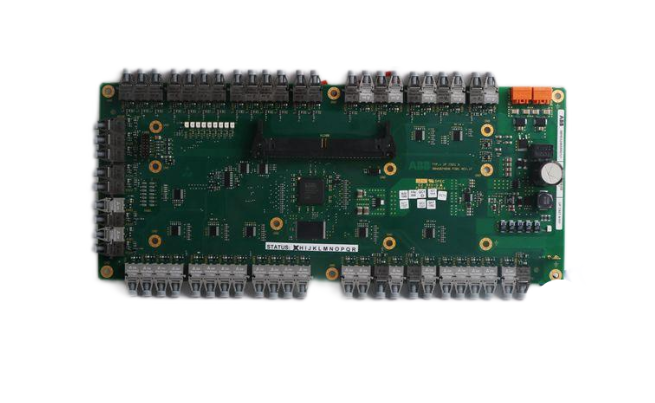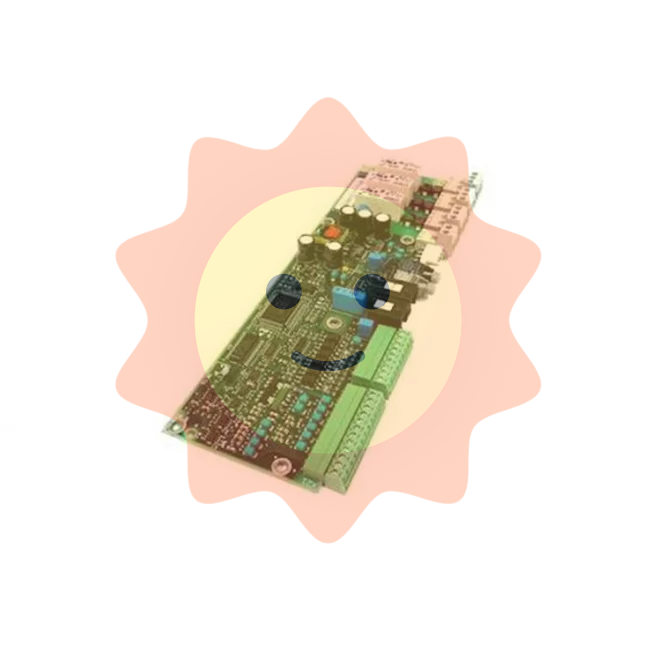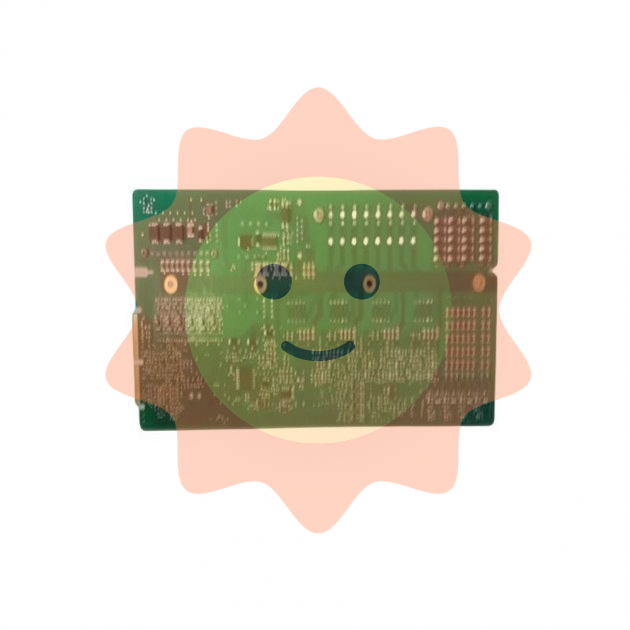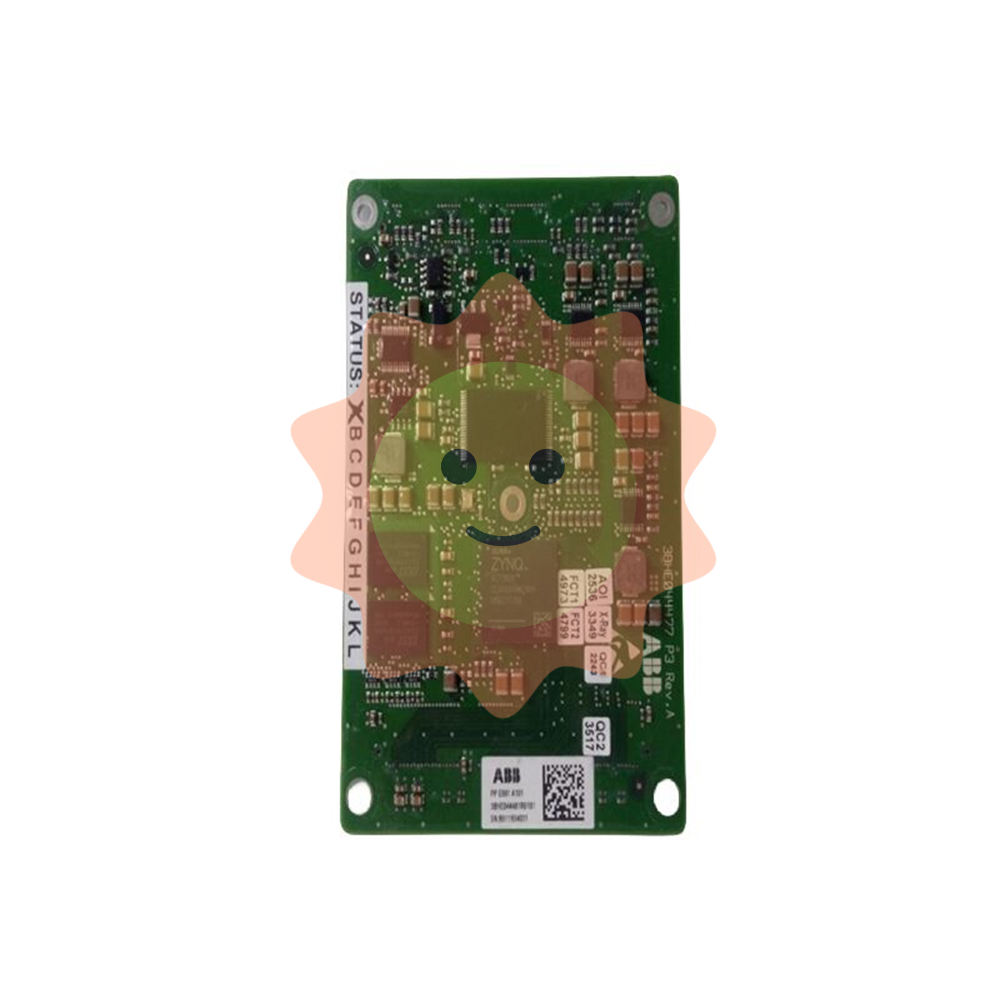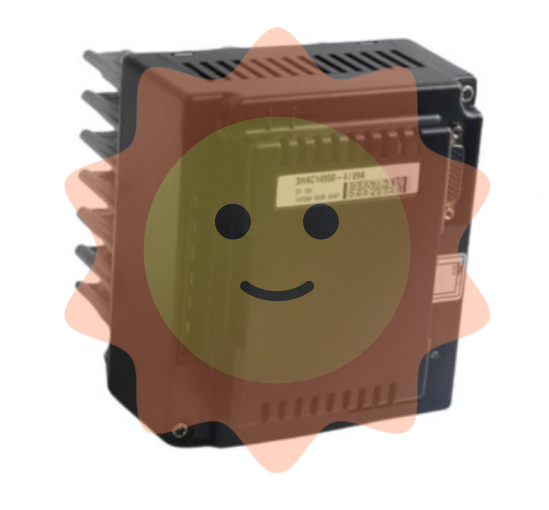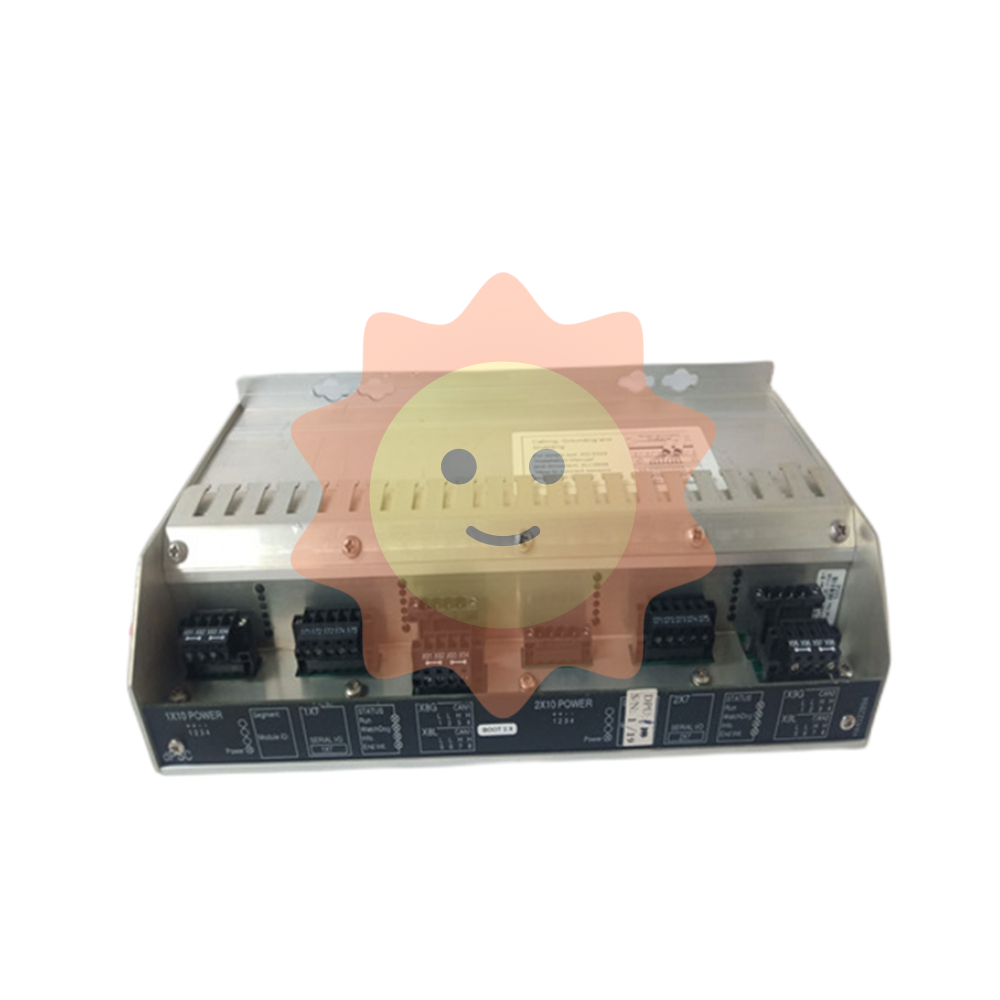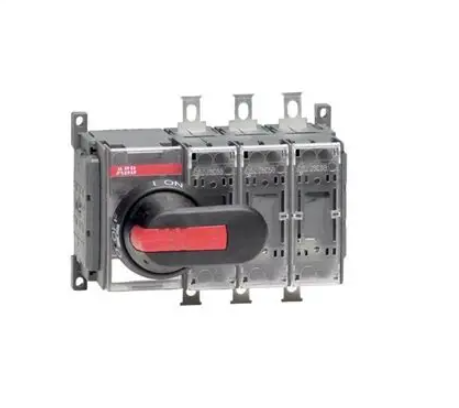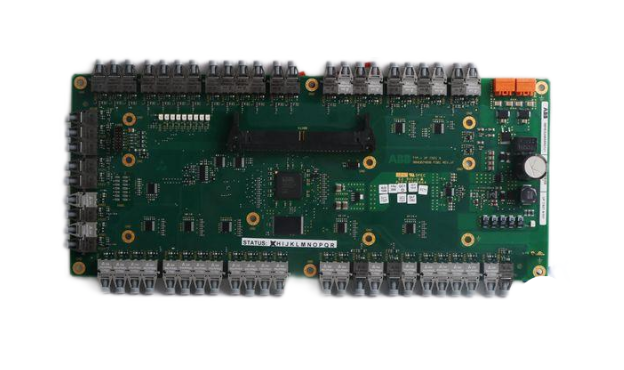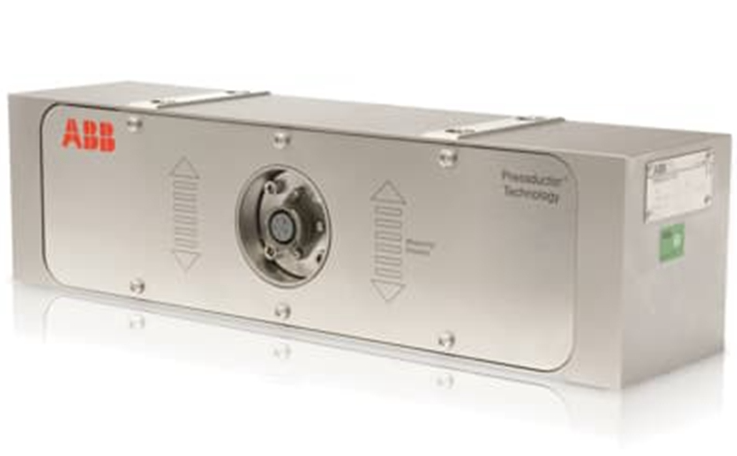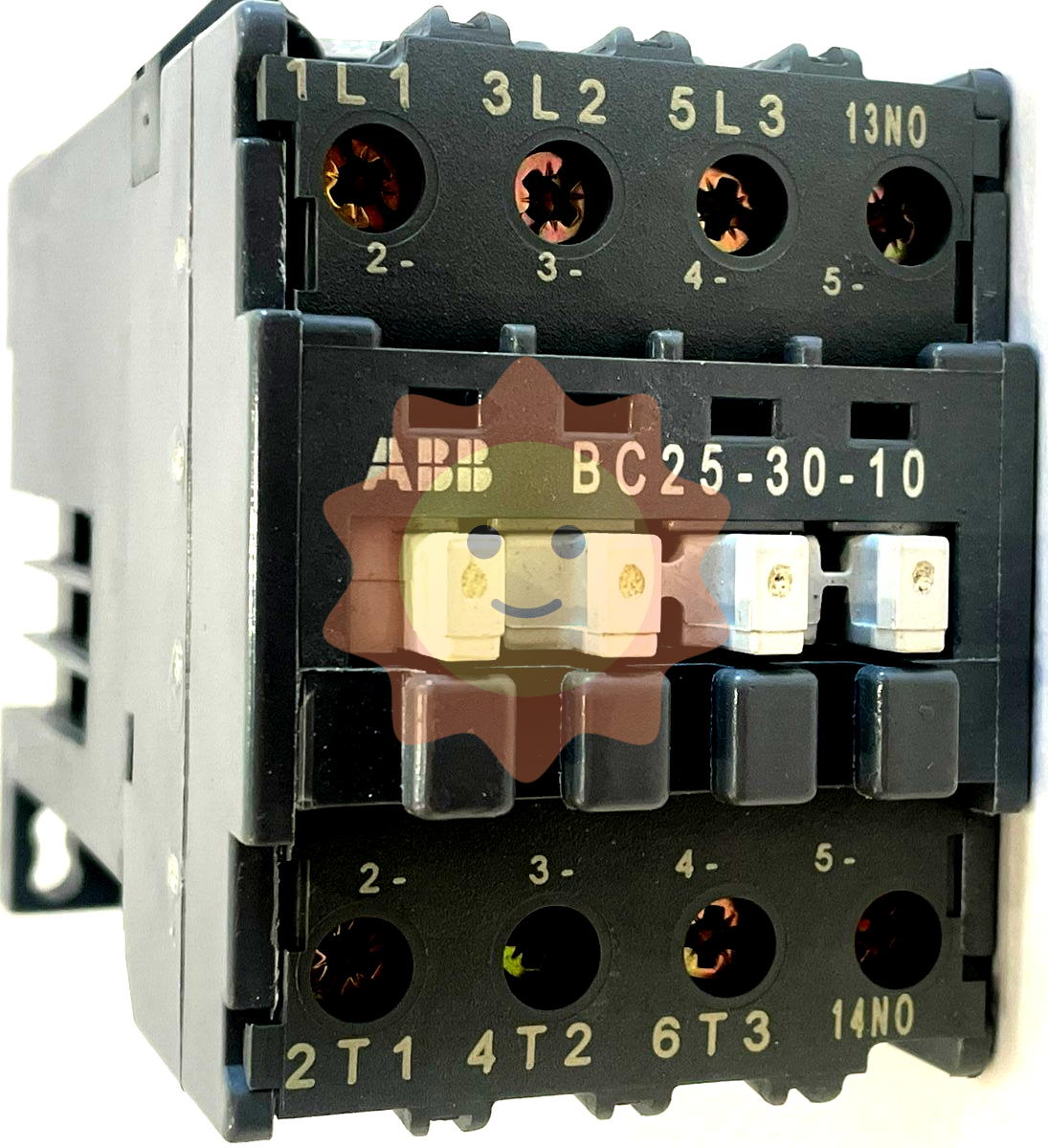ZYGO Laser Interferometer Accessory Guide OMP-0463AM
Clarify the accessory requirements for different measurement scenarios (such as transmission through the plane for planar measurement and transmission through the sphere for spherical measurement);
Correct selection (such as matching accessory specifications based on interferometer model and measuring aperture), installation and debugging (such as optical alignment, mechanical fixation);
Maximizing accessory functionality (such as improving measurement accuracy through isolation tables and achieving automated measurement through programmable stages).
Selection criteria: interferometer accuracy level (such as active isolation for nanoscale measurements), environmental vibration spectrum (such as workshop vibration isolation of 10-50Hz).
Adjustment frame and bracket:
Optical adjustment bracket: used to fix the transmission plane/sphere, supporting pitch and roll fine adjustment (accuracy ± 0.001 °), ensuring that the reference wavefront is perpendicular to the interferometer optical axis;
Host bracket: Heavy duty bracket (suitable for GPI series large-sized hosts) with horizontal adjustment feet, used to fix the host and calibrate its levelness.
(3) Electronic and software accessories
Used to enhance data collection capabilities, achieve automated control, and expand analysis functions:
Camera and image acquisition card:
High resolution camera: such as 1600 × 1200 pixel, 12 bit grayscale camera, compatible with VeriFire series high-resolution wavefront measurement;
High speed image acquisition card: such as USB 3.0/PCIe interface, supports real-time acquisition (frame rate ≥ 30fps), and is compatible with dynamic measurement (such as MEMS vibration detection).
Control and Communication Module:
Motion controller: such as Zygo Motion Controller, used to control programmable stage and objective switching motors, supporting linkage with MetroPro software;
Remote control module: such as wireless remote control, supporting remote adjustment of laser switch and light intensity, suitable for operation of large interferometers (such as 18 inch GPI).
Software plugins and authorization:
Special analysis plugins: such as "roughness analysis module" (calculating Ra, RMS, Rz), "non spherical analysis module" (fitting non spherical coefficients);
Automated script authorization: such as MetroScript programming authorization, supporting custom measurement processes (such as automatic mask loading, batch data export).
(4) Calibration and maintenance accessories
Used to ensure the long-term measurement accuracy of interferometers and extend the lifespan of accessories:
Standard calibration parts:
Flat calibration components: such as Zygo Reference Flat (flatness ≤ 0.01 λ RMS), used for calibrating transmission plane accuracy and system error correction;
Spherical calibration component: such as a standard spherical mirror with a known curvature radius (accuracy ± 0.1 μ m), used to calibrate the curvature radius deviation of the transmitted spherical surface;
Step height standard components: such as 10 μ m/100 μ m standard steps, used to calibrate the step height measurement accuracy of the NewView series.
Maintenance tools:
Optical cleaning kit: such as lint free cloth and isopropanol cleaning solution, used to clean the optical surface of the transmission plane/sphere (to avoid dust affecting the reference wavefront);
Calibration tools: such as laser collimators, used to calibrate the parallelism between the interferometer optical axis and the stage motion axis.
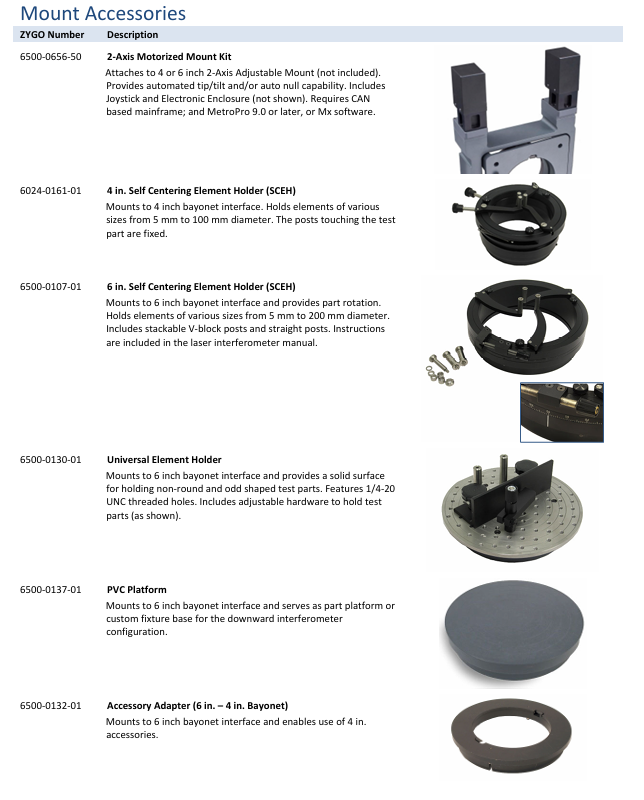
2. Accessories selection and matching guide
The core chapters of the manual are likely to include the "selection process", which helps users match according to "measurement requirements → host model → accessory specifications". It is speculated that the key selection logic is as follows:
(1) Four step selection process
Clear measurement requirements: Determine the parameters of the tested object (such as size, type: plane/sphere/microstructure), accuracy indicators (such as flatness ≤ 0.1 λ, roughness ≤ 1nm Ra), and measurement efficiency (such as single piece measurement time ≤ 30s);
Match host model: Determine accessory compatibility based on host series (such as GPI → large caliber, NewView → microscope) and model (such as GPI XP → 8-inch caliber) (such as GPI XP only compatible with transmission planes of 8 inches and below);
Selection of accessory specifications: Taking "selection of transmission sphere" as an example, it is necessary to match the "curvature radius of the tested sphere" (such as selecting TS-100mm model for 100mm curvature radius) and "interferometer aperture" (such as selecting 8-inch transmission sphere for 8-inch host);
Verify environmental adaptability: For example, if the production line environment requires the selection of a "dust-proof stage", and if the high temperature environment (such as 40 ℃) requires the selection of a "high temperature resistant fixture" (temperature resistance -20 ℃~80 ℃).
(2) Common selection misconceptions and avoidance
Misconception 1: Neglecting the compatibility between accessories and the host (such as using NewView's microscope lens for GPI host);
Avoidance: The manual should clearly indicate the "Accessories Host Compatibility Table", such as "Only NewView 5000/7000 supports 200X lenses".
Misconception 2: Excessive pursuit of high-precision accessories (such as choosing an active isolation table for laboratory measurements, which can actually be satisfied by passive isolation);
Avoidance: Provide a "scene accessory matching recommendation table", such as "passive isolation for laboratory accuracy ≤ 1nm, active isolation for production line accuracy ≤ 0.5nm".
- EMERSON
- Honeywell
- CTI
- Rolls-Royce
- General Electric
- Woodward
- Yaskawa
- xYCOM
- Motorola
- Siemens
- Rockwell
- ABB
- B&R
- HIMA
- Construction site
- electricity
- Automobile market
- PLC
- DCS
- Motor drivers
- VSD
- Implications
- cement
- CO2
- CEM
- methane
- Artificial intelligence
- Titanic
- Solar energy
- Hydrogen fuel cell
- Hydrogen and fuel cells
- Hydrogen and oxygen fuel cells
- tyre
- Chemical fiber
- dynamo
- corpuscle
- Pulp and paper
- printing
- fossil
- FANUC
- Food and beverage
- Life science
- Sewage treatment
- Personal care
- electricity
- boats
- infrastructure
- Automobile industry
- metallurgy
- Nuclear power generation
- Geothermal power generation
- Water and wastewater
- Infrastructure construction
- Mine hazard
- steel
- papermaking
- Natural gas industry
- Infrastructure construction
- Power and energy
- Rubber and plastic
- Renewable energy
- pharmacy
- mining
- Plastic industry
- Schneider
- Kongsberg
- NI
- Wind energy
- International petroleum
- International new energy network
- gas
- WATLOW
- ProSoft
- SEW
- wind
- ADVANCED
- Reliance
- YOKOGAWA
- TRICONEX
- FOXBORO
- METSO
- MAN
- Advantest
- ADVANCED
- ALSTOM
- Control Wave
- AB
- AMAT
- STUDER
- KONGSBERG
- MOTOROLA
- DANAHER MOTION
- Bently
- Galil
- EATON
- MOLEX
- Triconex
- DEIF
- B&W
- ZYGO
- Aerotech
- DANFOSS
- KOLLMORGEN
- Beijer
- Endress+Hauser
- MOOG
- KB
- Moxa
- Rexroth


Email:wang@kongjiangauto.com



























































